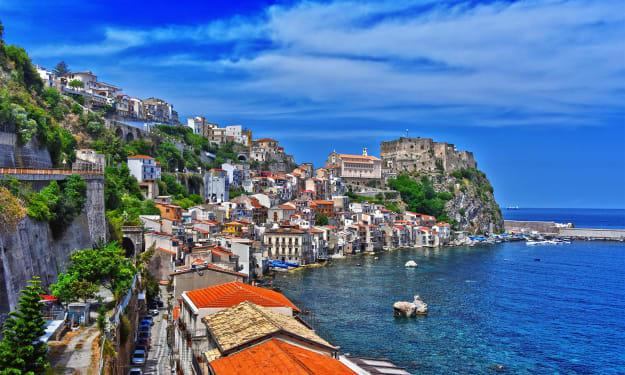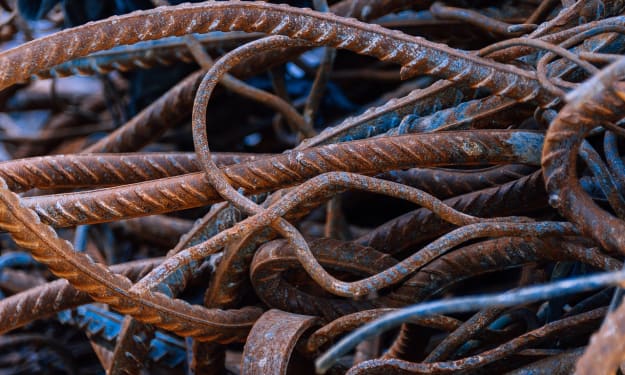
A Land in Flux: France in 980 AD
The year 980 AD falls within a period of great change for what would eventually become France. This land wasn't yet unified under a single crown, but rather a patchwork of competing powers and lingering influences from previous eras.
A Legacy of Empires:
Frankish Kingdom: The dominant force for centuries, the Carolingian Empire had fractured after the death of Charlemagne in 814. France finds itself under the rule of the West Frankish kingdom, later known as the Kingdom of France. King Lothair, a weak ruler, struggles to maintain control.
Vikings: Raids and settlements by Norsemen, known as Vikings, had been a constant threat for decades. While their initial focus was plunder, they had established a foothold in Normandy, a region that would eventually become a duchy.
A Fragmented Power Landscape:
Dukes and Counts: Power resided with regional lords – dukes and counts – who held significant autonomy over their territories. These lords often defied the king's authority, creating a web of alliances and rivalries. Powerful figures like Hugh Capet, Duke of Paris and future founder of the Capetian dynasty, were rising in prominence.
The Church: The Catholic Church wielded immense influence. Monasteries served as centers of learning and land ownership, with powerful bishops and abbots often playing a role in political affairs.
Daily Life:
Life for the vast majority in 980 France was harsh and centered around agriculture. Peasants lived in small villages, toiling the land for their lord's estate. Food insecurity was a constant threat, and life expectancy was low.
Nobility: The nobility, a small but privileged class, lived in fortified castles and controlled vast estates. They were warriors, administering justice and leading their men in battle.
Trade: Trade was limited compared to later eras. Markets existed in larger towns, but most goods were produced locally. Some international trade did occur, with luxury items like spices and silks finding their way from the East.
Culture and Innovation:
While often romanticized as a "dark age," the 10th century saw significant cultural and technological advancements:
Carolingian Renaissance: Though waning, the influence of the Carolingian Renaissance lingered. Monasteries continued to be centers of scholarship, preserving and copying ancient texts.
Architectural innovations: Construction techniques improved, leading to the development of Romanesque architecture, characterized by thick walls and rounded arches. Early stone castles began to appear across the land.
Threats and Challenges:
Viking Raids: While Viking raids had lessened by 980, they still posed a threat, particularly to coastal regions. The Duchy of Normandy was a constant reminder of their presence. Even though Viking raids weren't as frequent by 980, coastal areas still lived in fear of attack. The fact that Vikings had carved out a whole Duchy, Normandy, served as a constant reminder of their past power and the potential for future trouble.
Internal Strife: The fragmented political landscape led to frequent conflicts between rival lords, destabilizing the region and hindering trade.
Fear of the End Times: A widespread belief that the year 1000 would mark the apocalypse added to the anxieties of the time.
Looking Ahead:
The year 980 marks a turning point in French history. The seeds of the future are already sown:
Rise of the Capetians: Hugh Capet, through cunning and alliances, would soon become king, establishing the Capetian dynasty that would rule France for centuries.
Feudalism: The decentralized power structure with loyalties flowing upward within a pyramid-like social hierarchy known as feudalism, would solidify and define the social order for centuries to come.
Emergence of France: While not yet a unified nation, the Kingdom of France begins to consolidate power and establish a distinct identity.
France in 980 was a complex and dynamic land. Understanding this period sheds light on the forces that shaped the nation we know today.
About the Creator
Moharif Yulianto
a freelance writer and thesis preparation in his country, youtube content creator, facebook
Enjoyed the story? Support the Creator.
Subscribe for free to receive all their stories in your feed. You could also pledge your support or give them a one-off tip, letting them know you appreciate their work.






Comments
There are no comments for this story
Be the first to respond and start the conversation.